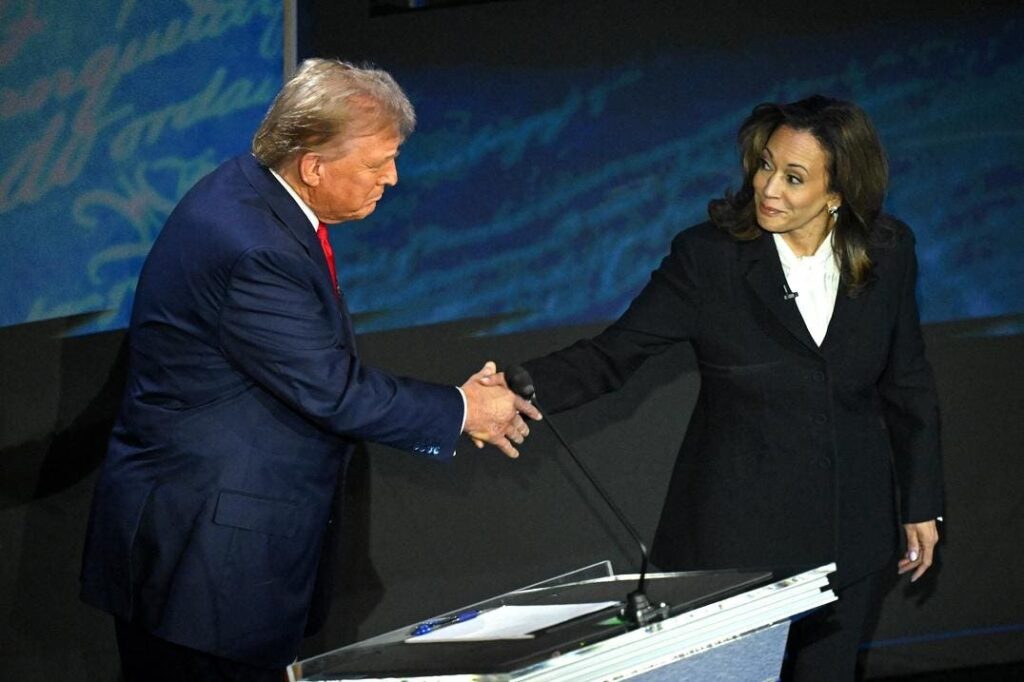In the lead-up to the 2024 presidential election, candidates Kamala Harris and Donald Trump have established distinctly contrasting tax policy frameworks that reflect their broader economic philosophies. Vice President Harris’s proposals align with a “caring economy” model, focusing on providing tax relief primarily to low- and moderate-income households, particularly those with children. While advocating for targeted tax cuts to support families, she also intends to raise taxes on high-income earners and corporations, thereby maintaining the integrity of the current income tax system. In essence, her approach seeks to balance support for lower-income groups with necessary revenue generation strategies, including a progressive taxation model that would tax the unrealized gains of the wealthiest households.
In stark opposition, Trump’s tax proposals reflect a sharp departure from conventional taxation norms. His platform features significant tax cuts directed at targeted demographic groups, aiming to reduce the burden on specific sectors of the economy. Notably, he has suggested drastic cuts to corporate tax rates and the introduction of broad exemptions from individual income tax, including proposals to eliminate taxes on overtime pay and certain benefits for first responders and veterans. Trump’s overarching vision suggests a future where traditional income tax may be replaced by a system relying mainly on tariffs, a concept deemed impractical but indicative of his administration’s direction towards consumption-based taxation.
A critical divergence between the two candidates lies in their proposed alterations to the corporate income tax. While Harris aims to raise the corporate tax rate from 21% to 28% as part of her fiscal strategy, Trump advocates cutting corporate taxes further to 20%, with even lower rates for domestic manufacturers. Harris also plans to target high-income individuals by increasing tax rates on ordinary income and capital gains, alongside introducing a minimum tax on unrealized gains for ultra-high-net-worth individuals. In contrast, Trump has failed to outline explicit tax increases on the wealthy, instead relying on tariffs as his primary source of revenue enhancement, which raises questions about the sustainability and fairness of his tax policy.
Regarding tariffs, Trump’s proposed measures include significant increases on imports, particularly from countries such as China, suggesting tariffs of 10% to 20%. These tariffs are projected to generate substantial revenue, although this estimate excludes potential retaliatory measures from affected countries, which could ultimately undermine economic stability. Unlike Trump, Harris has remained largely silent on the topic of tariffs, potentially indicating a more cautious approach towards trade policy and its implications for the economy and domestic consumers.
The contrast in how each candidate addresses the Tax Cuts and Jobs Act (TCJA) further highlights their differences. Trump has expressed intentions to make the TCJA’s individual tax cuts permanent, thereby extending tax benefits that primarily favor higher-income earners. Conversely, Harris has pledged to protect middle-class households earning less than $400,000 from tax increases set to occur when TCJA provisions expire, while also advocating for the expansion of the Child Tax Credit (CTC) and the Earned Income Tax Credit (EITC). This distinction reflects a more protective stance towards middle-income earners under Harris’s tax policy, emphasizing her commitment to supporting vulnerable populations.
When assessing the long-term impact of their tax policies on the federal budget, it is estimated that Harris’s plans would add around $4 trillion to the national debt over the next decade. In comparison, Trump’s proposals could contribute nearly $8 trillion to the debt and hasten the insolvency of Social Security by three years, according to analyses. This budgetary perspective underscores the significant fiscal implications of their respective tax platforms, with Harris’s approach leaning towards strategic investments in social programs and equitable tax structures, while Trump’s mechanisms may prioritize broad cuts and exemptions that pose risks to the overall fiscal health of the nation.
Ultimately, the tax policies proposed by Kamala Harris and Donald Trump serve as a microcosm of their broader political philosophies and appeal to different voter bases. Harris’s focus on expanding support for low- and moderate-income citizens, along with a commitment to a progressive tax system, contrasts sharply with Trump’s emphasis on tax cuts, tariffs, and targeted exemptions for select groups. As the election draws near, voters must consider not only the specifics of tax proposals but also the overarching economic vision each candidate represents and its potential impact on the American economy in the years to come.

